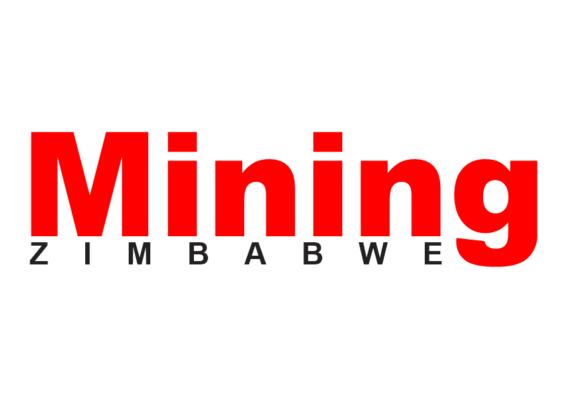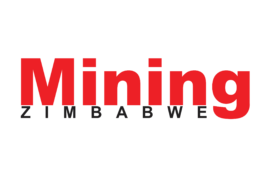Zimbabwe’s ferrochrome production is set for a major boost as two key players, Zimasco Mining Company and Afrochine Smelting Company, ramp up investments in mine expansion and smelting capacity. These strategic initiatives are expected to ensure a steady supply of mineral resources and drive increased output, according to the Chamber of Mines Commodity Outlook 2025.
By Rudairo Mapuranga
Afrochine Smelting Company plans to invest US$22.6 million in mine exploration to sustain ferrochrome production and feed its expanding smelting operations. The company is also investing in two new smelters, expected to be completed by October 2025, which will help maintain steady production levels in a globally competitive market.
Zimasco Mining Company, on the other hand, is investing approximately US$3 million in expanding its mining operations. Additionally, Zimasco is committing US$43,243 to the 19M01 Ngezi 3D 24 underground project, which is expected to be completed by 2026 and is anticipated to boost ferrochrome production by 28%.
These investments align with Zimbabwe’s drive to increase ferrochrome exports, leveraging the country’s vast chromite reserves to meet rising global demand for stainless steel production.
Zimbabwe’s mining sector is forecasted to grow by 7% in 2025, despite a challenging global economic environment characterized by sluggish growth, trade disruptions, and declining commodity prices.
According to the Chamber of Mines Commodity Outlook 2025, Zimbabwe’s mineral revenue is projected to rise from US$5.9 billion in 2024 to US$6.2 billion in 2025. While the gold sector is expected to be the primary driver of this growth, ferrochrome expansion projects by Zimasco and Afrochine will also play a pivotal role.
The mining industry still faces significant risks, including:
- Power supply challenges affecting consistent production.
- Foreign exchange shortages limiting access to capital.
- High operational costs, including electricity tariffs and fiscal charges.
Globally, commodity markets are expected to be bearish in 2025, with the World Bank Commodity Price Index projected to drop 5%, driven by weaker demand from China and an oversupply of platinum, palladium, and nickel. However, Zimbabwe’s focus on ferrochrome expansion and its efforts to attract foreign investment are expected to counterbalance these global pressures.
With sustained investment in production capacity, Zimbabwe’s ferrochrome sector is poised to strengthen its position in global markets. The government’s US$12 billion mining industry roadmap includes a strong focus on value addition, and the expansion projects by Zimasco and Afrochine will contribute significantly to this vision.
As Zimbabwe works to maximize its mineral potential, the expansion of the ferrochrome sector will enhance export earnings and ensure that the country remains a key supplier in the global stainless steel industry.
.png)




